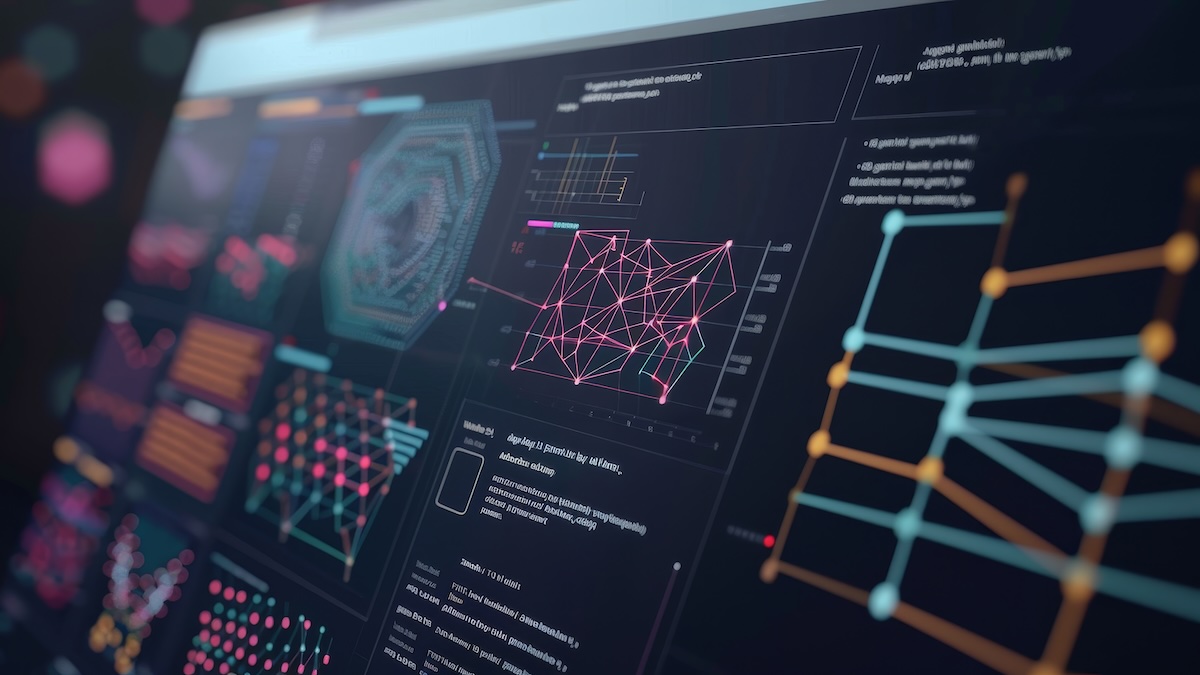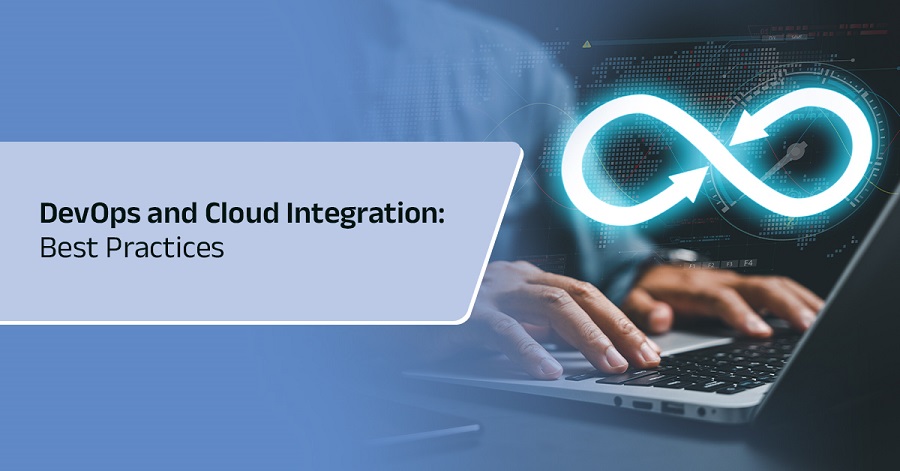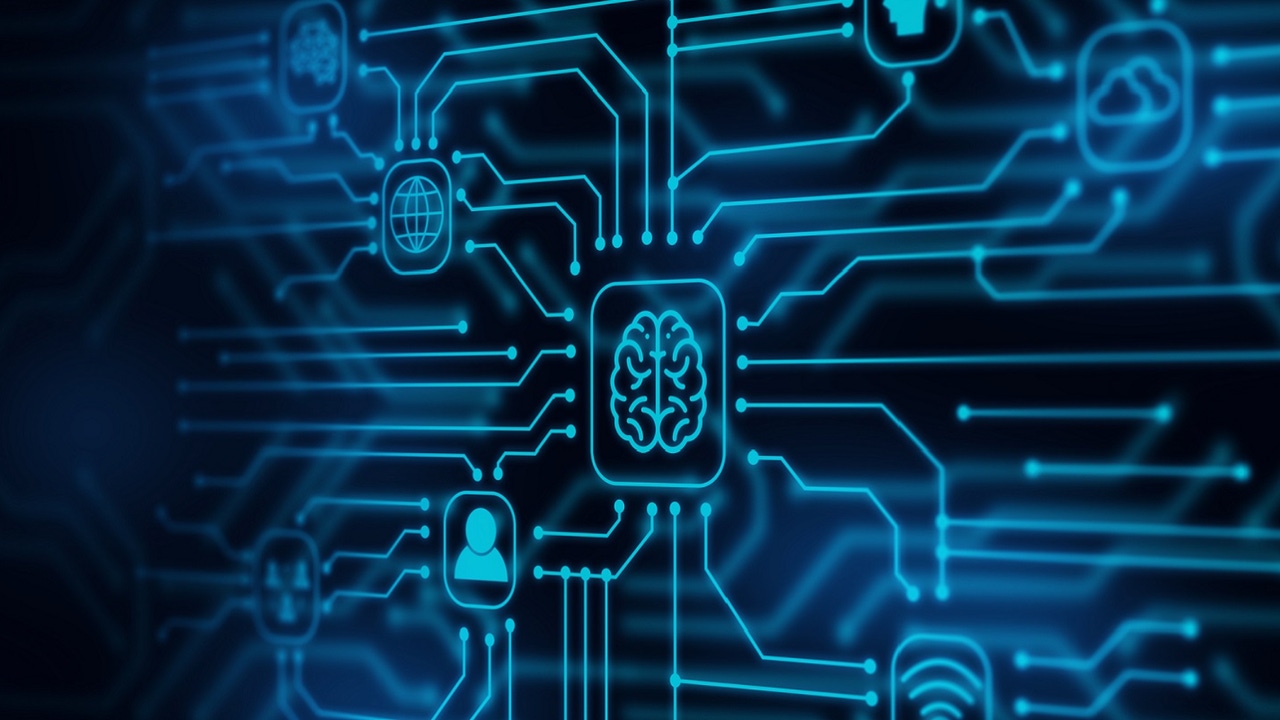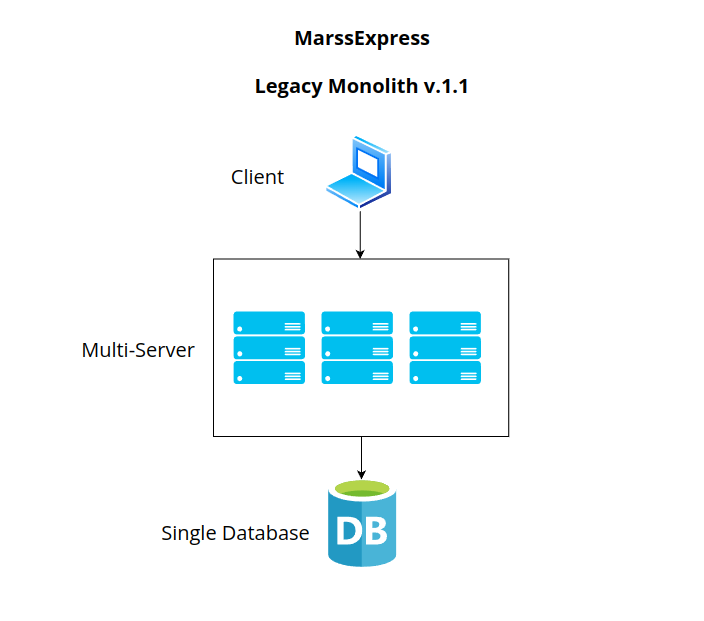Quote for the day:
"Integrity is the soul of leadership! Trust is the engine of leadership!" -- Amine A. Ayad
Real-world use cases for agentic AI

There’s a wealth of public code bases on which models can be trained. And larger
companies typically have their own code repositories, with detailed change logs,
bug fixes, and other information that can be used to train or fine-tune an AI
system on a company’s internal coding methods. As AI model context windows get
larger, these tools can look through more and more code at once to identify
problems or suggest fixes. And the usefulness of AI coding tools is only
increasing as developers adopt agentic AI. According to Gartner, AI agents
enable developers to fully automate and offload more tasks, transforming how
software development is done — a change that will force 80% of the engineering
workforce to upskill by 2027. Today, there are several very popular agentic AI
systems and coding assistants built right into integrated development
environments, as well as several startups trying to break into the market with
an AI focus out of the gate. ... Not every use case requires a full agentic
system, he notes. For example, the company uses ChatGPT and reasoning models for
architecture and design. “I’m consistently impressed by these models,” Shiebler
says. For software development, however, using ChatGPT or Claude and
cutting-and-pasting the code is an inefficient option, he says.
Rethinking AppSec: How DevOps, containers, and serverless are changing the rules
Application security and developers have not always been on friendly terms,
but the practice indicates that innovative security solutions are bridging the
gaps, bringing developers and security closer together in a seamless fashion,
with security no longer being a hurdle in developers’ daily work. Quite the
contrary – security is nested in CI/CD pipelines, it’s accessible,
non-obstructive, and it’s gone beyond scanning for waves and waves of
false-positive vulnerabilities. It’s become, and is poised to remain, about
empowering developers to fix issues early, in context, and without affecting
delivery and its velocity. ... Another considerate battleground is identity.
With reliance on distributed microservices, each component acts as both client
and server, so misconfigured identity providers or weak token validation logic
make room for lateral movement and exponentially increased attack
opportunities. Without naming names, there are sufficient amounts of cases
illustrating how breaches can occur from token forgery or authorization header
manipulations. Additional headaches are exposed APIs and shadow services.
Developers create new endpoints, and due to the fast pace of the process, they
can easily escape scrutiny, further emphasizing the importance of continuous
discovery and dynamic testing that will “catch” those endpoints and ensure
they’re covered in securing the development process.
The Hidden Cost of Complexity: Managing Technical Debt Without Losing Momentum

Outdated, fragmented, or overly complex systems become the digital equivalent
of cognitive noise. They consume bandwidth, blur clarity, and slow down both
decision-making and delivery. What should be a smooth flow from idea to
outcome becomes a slog. ... In short, technical debt introduces a constant
low-grade drag on agility. It limits responsiveness. It multiplies cost. And
like visual clutter, it contributes to fatigue—especially for architects,
engineers, and teams tasked with keeping transformation moving. So what can we
do?Assess System Health: Inventory your landscape and identify outdated
systems, high-maintenance assets, and unnecessary complexity. Use KPIs like
total cost of ownership, incident rates, and integration overhead. Prioritize
for Renewal or Retirement: Not everything needs to be modernized. Some systems
need replacement. Others, thoughtful containment. The key is intentionality.
... Technical debt is a measure of how much operational risk and complexity is
lurking beneath the surface. It’s not just code that’s held together by duct
tape or documentation gaps—it’s how those issues accumulate and impact
business outcomes. But not all technical debt is created equal. In fact, some
debt is strategic. It enables agility, unlocks short-term wins, and helps
organizations experiment quickly.
The Cost Conundrum of Cloud Computing

When exploring cloud pricing structures, the initial costs may seem quite
attractive but after delving deeper to examine the details, certain aspects
may become cloudy. The pricing tiers add a layer of complexity which means
there isn’t a single recurring cost to add to the balance sheet. Rather, cloud
fees vary depending on the provider, features, and several usage factors such
as on-demand use, data transfer volumes, technical support, bandwidth, disk
performance, and other core metrics, which can influence the overall
solution’s price. However, the good news is there are ways to gain control of
and manage these costs. ... Whilst understanding the costs associated with
using a public cloud solution is critical, it is important to emphasise that
modern cloud platforms provide robust, comprehensive and cutting-edge
technologies and solutions to help drive businesses forward. Cloud platforms
provide a strong foundation of physical infrastructure, robust platform-level
services, and a wide array of resilient connectivity and data solutions. In
addition, cloud providers continually invest in the security of their
solutions to physically and logically secure the hardware and software layers
with access control, monitoring tools, and stringent data security measures to
keep the data safe.
Operating in the light, and in the dark (net)

While the takedown of sites hosting CSA cannot be directly described in the
same light, the issue is ramping up. The Internet continues to expand - like
the universe - and attempting to monitor it is a never-ending challenge. As
IWF’s Sexton puts it: “Right now, the Internet is so big that its sort of
anonymity with obscurity.” While some emerging (and already emerged)
technologies such as AI can play a role in assisting those working on the side
of the light - for example, the IWF has tested using AI for triage when
assessing websites with thousands of images, and AI can be trained for content
moderation by industry and others, the proliferation of AI has also added to
the problem.AI-generated content has now also entered the scene. From a
legality standpoint, it remains the same as CSA content. Just because an AI
created it, does not mean that it’s permitted - at least in the UK where IWF
primarily operates. “The legislation in the UK is robust enough to cover both
real material, photo-realistic synthetic content, or sheerly synthetic
content. The problem it does create is one of quantity. Previously, to create
CSA, it would require someone to have access to a child and conduct abuse.
“Then with the rise of the Internet we also saw an increase in self-generated
content. Now, AI has the ability to create it without any contact with a child
at all. People now have effectively an infinite ability to generate this
content.”
Why LLM applications need better memory management

Developers assume generative AI-powered tools are improving
dynamically—learning from mistakes, refining their knowledge, adapting. But
that’s not how it works. Large language models (LLMs) are stateless by design.
Each request is processed in isolation unless an external system supplies
prior context. That means “memory” isn’t actually built into the model—it’s
layered on top, often imperfectly. ... Some LLM applications have the opposite
problem—not forgetting too much, but remembering the wrong things. Have you
ever told ChatGPT to “ignore that last part,” only for it to bring it up later
anyway? That’s what I call “traumatic memory”—when an LLM stubbornly holds
onto outdated or irrelevant details, actively degrading its usefulness. ... To
build better LLM memory, applications need: Contextual working memory:
Actively managed session context with message summarization and selective
recall to prevent token overflow. Persistent memory systems: Long-term storage
that retrieves based on relevance, not raw transcripts. Many teams use
vector-based search (e.g., semantic similarity on past messages), but
relevance filtering is still weak. Attentional memory controls: A system that
prioritizes useful information while fading outdated details. Without this,
models will either cling to old data or forget essential corrections.
DARPA’s Quantum Benchmarking Initiative: A Make-or-Break for Quantum Computing

While the hype around quantum computing is certainly warranted, it is often
blown out of proportion. This arises occasionally due to a lack of fundamental
understanding of the field. However, more often, this is a consequence of
corporations obfuscating or misrepresenting facts to influence the stock
market and raise capital. ... If it becomes practically applicable, quantum
computing will bring a seismic shift in society, completely transforming areas
such as medicine, finance, agriculture, energy, and the military, to name a
few. Nonetheless, this enormous potential has resulted in rampant hype around
it, while concomitantly resulting in the proliferation of bad actors seeking
to take advantage of a technology not necessarily well understood by the
general public. On the other hand, negativity around the technology can also
cause the pendulum to swing in the other direction. ... Quantum computing is
at a critical juncture. Whether it reaches its promised potential or
disappears into the annals of history, much like its many preceding
technologies, will be decided in the coming years. As such, a transparent and
sincere approach in quantum computing research leading to practically useful
applications will inspire confidence among the masses, while false and
half-baked claims will deter investments in the field, eventually leading to
its inevitable demise.
The reality check every CIO needs before seeking a board seat

“CIOs think technology will get them to the boardroom,” says Shurts, who has
served on multiple public- and private-company boards. “Yes, more boards want
tech expertise, but you have to provide the right knowledge, breadth, and
depth on topics that matter to their businesses.” ... Herein lies another
conundrum for CIOs seeking spots on boards. Many see those findings and think
they can help with that. But the context is more important. “In your
operational role as a CIO, you’re very much involved in the details, solving
problems every day,” Zarmi says. “On the board, you don’t solve the problems.
You help, coach, mentor, ask questions, make suggestions, and impart wisdom,
but you’re not responsible for execution.” That’s another change IT leaders
need to make to position themselves for board seats. Luckily, there are tools
that can help them make the leap. Quinlan, for example, got a certification
from the National Association of Corporate Directors (NACD), which offers a
variety of resources for aspiring board members. And he took it a few steps
further by attaining a financial certification. Sure, he’d been involved in
P&L management, but the certification helped him understand finance at the
board’s altitude. He also added a cybersecurity certification even though he
runs multi-hundred-million-dollar cyber programs. “Right, but I haven’t run it
at the board, and I wanted to do that,” he says.
Applying the OODA Loop to Solve the Shadow AI Problem

Organizations should have complete visibility of their AI model inventory.
Inconsistent network visibility arising from siloed networks, a lack of
communication between security and IT teams, and point solutions encourages
shadow AI. Complete network visibility must therefore become the priority for
organizations to clearly see the extent and nature of shadow AI in their
systems, thus promoting compliance, reducing risk, and promoting responsible
AI use without hindering innovation. ... Organizations need to identify the
effect of shadow AI once it has been discovered. This includes identifying the
risks and advantages of such shadow software. ... Organizations must set
clearly defined yet flexible policies regarding the acceptable use of AI to
enable employees to use AI responsibly. Such policies need to allow granular
control from binary approval to more sophisticated levels like providing
access based on users’ role and responsibility, limiting or enabling certain
functionalities within an AI tool, or specifying data-level approvals where
sensitive data can be processed only in approved environments. ...
Organizations must evaluate and formally incorporate shadow AI tools offering
substantial value to ensure their use in secure and compliant environments.
Access controls need to be tightened to avoid unapproved installations; zero
trust and privilege management policies can assist in this regard.
Cisco Pulls Together A Quantum Network Architecture

It will take a quantum network infrastructure to tie create a distributed
quantum computing environment possible and allow it to scale more quickly
beyond the relatively small number of qubits that are found in current and
near-future systems, Cisco scientists wrote in a research paper. Such quantum
datacenters involve “multiple QPUs [quantum processing units] … networked
together, enabling a distributed architecture that can scale to meet the
demands of large-scale quantum computing,” they wrote. “Ultimately, these
quantum data centers will form the backbone of a global quantum network, or
quantum internet, facilitating seamless interconnectivity on a planetary
scale.” ... The entanglement chip will be central to an entire quantum
datacenter the vendor is working toward, with new versions of what is found in
current classical networks, including switches and NICs. “A quantum network
requires fundamentally new components that work at the quantum mechanics
level,” they wrote. “When building a quantum network, we can’t digitize
information as in classical networks – we must preserve quantum properties
throughout the entire transmission path. This requires specialized hardware,
software, and protocols unlike anything in classical networking.”








.jpg?width=1280&auto=webp&quality=95&format=jpg&disable=upscale)
























